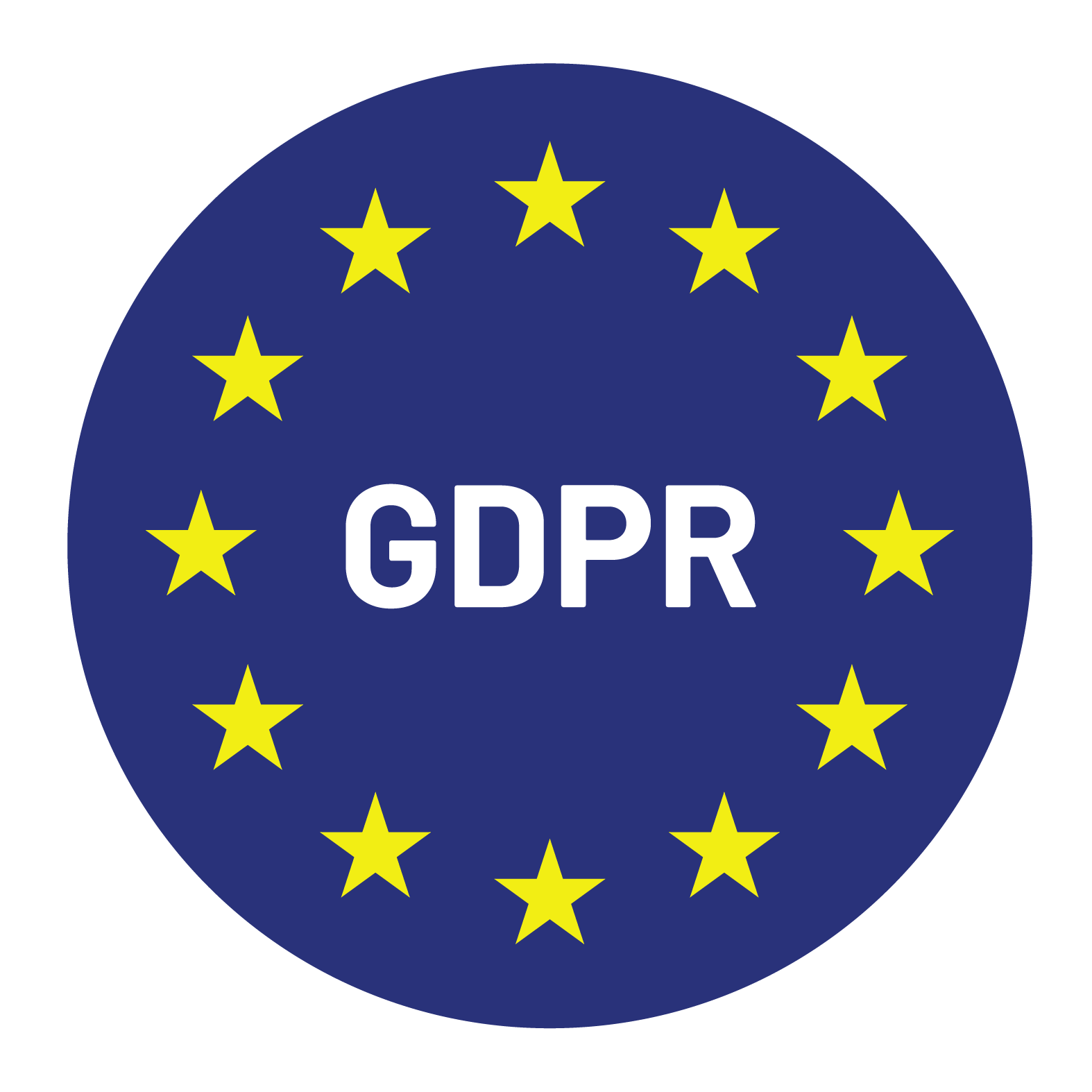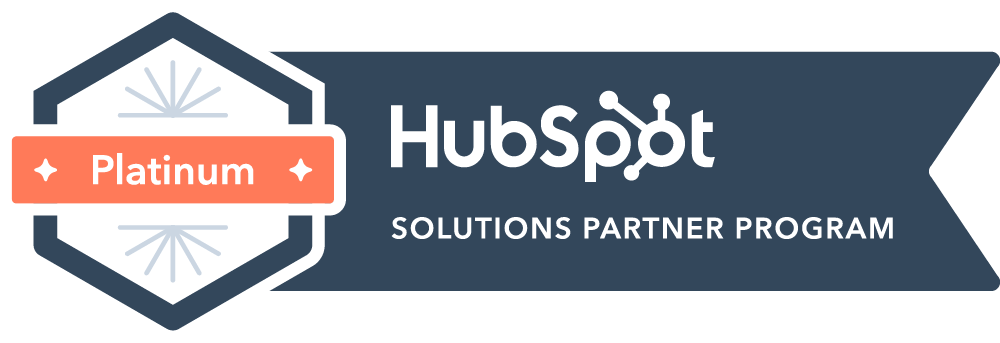

Content Writer for Whistle with multidisciplinary experience spanning over a decade.
A strong product alone no longer guarantees traction. What separates companies that scale efficiently from those that stall is how well they take their product to market. A Go-to-Market (GTM) strategy gives that process structure. It defines who you’re targeting, what you’re offering, how you’ll reach them, and how every team contributes to success.
For SaaS and B2B companies, where long sales cycles and complex buying committees are the norm, a well-defined GTM strategy isn’t optional. It’s the difference between scattered activity and coordinated growth.
A GTM strategy is the operational plan that defines how a company brings its product or service to the right audience. It’s broader than a marketing plan because it connects marketing, sales, customer success, and product into one coordinated framework.
While a marketing plan focuses on awareness and demand generation, a GTM strategy focuses on how a product reaches the market, gains adoption, and delivers commercial results. It answers questions like: Who is our ideal customer? What problems do we solve for them? Through which channels do we reach them? And how do we measure success?
For a SaaS startup, this could mean launching an MVP to a niche segment with a product-led approach. For an enterprise product, it may involve layered sales motions, multi-stakeholder engagement, and strategic partnerships. Both rely on the same GTM foundation: clarity, alignment, and execution discipline.
A GTM strategy is cross-functional by design. It aligns sales, marketing, product, and customer success around shared outcomes. Marketing strategies can exist within that structure but serve different objectives, such as awareness or lead generation.
Where marketing focuses on campaigns, GTM focuses on the entire customer acquisition and retention lifecycle. It determines not only how prospects hear about you, but how they buy, onboard, and stay.
Many GTM strategies fail before they begin, often for preventable reasons. The most common include unclear target customers, weak positioning, and poor alignment between teams.
When sales and marketing pursue different audiences or measure success differently, execution falters. Messaging loses consistency, prospects receive mixed signals, and potential deals stall.
Avoiding these pitfalls starts with clarity and accountability. Define your Ideal Customer Profile (ICP) before crafting messaging. Build your value proposition on data, not assumptions. And establish shared KPIs across departments to maintain alignment. A successful GTM strategy isn’t written once; it’s refined through constant feedback between teams.
Every GTM strategy begins with understanding the market landscape. Market intelligence defines where your opportunity exists, who the key players are, and what trends are shaping customer needs.
Start with TAM, SAM, and SOM analysis to quantify your addressable opportunity. Use tools like CB Insights, Gartner, and SimilarWeb to analyze competitors, identify whitespace, and map customer pain points.
For SaaS companies, ongoing research is critical. Consider how Zoom built its initial strategy: by understanding where existing conferencing tools failed, reliability and user experience, and targeting those gaps with precision.
Your ICP defines the companies that benefit most from your solution. Buyer personas describe the decision-makers within those companies, their motivations, challenges, and buying triggers.
A strong ICP uses firmographic, demographic, and behavioral criteria. Tools like HubSpot and Clearbit can enrich your data to identify high-fit accounts and avoid wasted outreach.
The distinction between ICP and personas is important: your ICP shapes strategy, while personas guide execution. Without both, your GTM plan risks chasing the wrong audience or missing the right one entirely.
Once you understand your audience, you need a clear statement of value. A strong value proposition answers one question: Why should this customer care?
Effective messaging articulates outcomes, not features. The “So What?” test helps here, if your claim doesn’t clearly connect to a measurable business result, refine it.
Slack built its early success by emphasizing productivity outcomes, not chat features. Its messaging positioned it as a tool that “eliminates internal email,” immediately clarifying both benefit and differentiation.
Positioning defines where your product sits in the market relative to alternatives. It’s not about being everything to everyone, but being the obvious choice for someone specific.
A positioning matrix helps visualize where you stand on attributes that matter to buyers. Craft “Only We” statements to define unique advantages beyond price.
Take Notion as an example. It differentiated itself from Trello and Evernote not through cost or features but by combining notes, databases, and project management in one flexible interface. Clear positioning made its message resonate with a specific audience, product teams seeking versatility.
Pricing strategy is both an art and a science. For SaaS, options include freemium, tiered, and usage-based models. The right choice depends on how customers perceive value and how you expect adoption to grow.
Value-based pricing ties cost to outcomes, not inputs. Psychology also plays a role: price anchoring can make higher tiers appear more attractive when framed against a “starter” plan.
Dropbox executed this masterfully. Its freemium model encouraged mass adoption while converting users through seamless feature upsells, driving both reach and revenue efficiency.
How you reach your customers is as important as what you sell. Your channel strategy defines the routes to market, whether through direct sales, partner ecosystems, marketplaces, or product-led growth.
Each model carries trade-offs. Direct sales offer control but require scale. Partners accelerate reach but dilute influence. Marketplaces simplify discovery but limit visibility. Many SaaS companies use a blend, aligning channel mix with buyer preferences.
Atlassian’s self-serve model is a prime example. By prioritizing low-touch, frictionless purchasing, it grew enterprise adoption without a large outbound sales force.
A structured sales process turns interest into revenue. In B2B and SaaS, this means shifting from transactional selling to consultative selling, guiding prospects through pain discovery, solution mapping, and value realization.
Strong GTM plans define each sales stage, from lead qualification to close, ensuring consistency across the team. Frameworks like MEDDIC or SPIN Selling help standardize questions and validation criteria.
Whistle’s experience with scaling SDR operations reinforces this principle: clarity in qualification drives efficiency. When SDRs and AEs share a defined process and consistent data, conversion rates rise and handoffs become seamless.
The best GTM strategies thrive on alignment. Sales and marketing must share not just messaging but accountability.
This is where Revenue Operations (RevOps) plays a critical role, integrating CRM, marketing automation, and customer data into a single view. HubSpot’s unified CRM and marketing platform is a benchmark example, enabling both teams to measure performance through shared metrics.
Continuous feedback loops between sales and marketing refine messaging, improve targeting, and enhance customer experience. Alignment isn’t a one-time effort; it’s an ongoing practice that underpins scalable growth.
Technology gives GTM strategies precision and repeatability. Market research platforms like CB Insights and SimilarWeb uncover opportunity areas. Salesforce, HubSpot, and Segment connect CRM and customer data for full-funnel visibility.
Workflow tools such as Asana and Trello help teams manage GTM projects, while enrichment platforms like ZoomInfo and Clearbit strengthen targeting. Analytics tools , Amplitude, Google Analytics, or Mixpanel, reveal what’s driving engagement and conversion.
SaaS companies that integrate these systems achieve a single source of truth across their GTM engine. That integration supports faster feedback, smarter decisions, and measurable ROI.
Frameworks keep execution disciplined. A Lean Canvas simplifies GTM planning into actionable blocks, customer segments, value propositions, channels, and revenue streams.
GTM templates and checklists help teams align on priorities and track progress. For SaaS companies launching new products or entering new markets, structure reduces guesswork and improves speed to market.
A documented framework also creates transparency. Every team member understands how their role contributes to launch and growth objectives.
Success depends on execution as much as planning. A few principles make the difference:
The most effective GTM strategies behave like living systems, structured, measurable, and responsive.
GTM is becoming increasingly integrated. AI now supports predictive targeting, automating the identification of accounts most likely to convert. Real-time data synchronization across tools allows sales and marketing to act on insights instantly.
Hyper-personalization, powered by machine learning, tailors outreach at scale. Meanwhile, RevOps continues to consolidate GTM functions, making unified execution the standard for high-performing SaaS and B2B teams.
A complete GTM strategy connects every part of the revenue engine, from research to customer success. The eight components above form its backbone: market intelligence, ICP definition, value proposition, positioning, pricing, channel strategy, sales process, and alignment.
When structured and measured correctly, these elements work together to drive clarity, efficiency, and sustainable growth.
At Whistle, we’ve seen how disciplined GTM execution turns good products into scalable businesses. Building your plan with the right structure, data, and cross-functional rhythm sets the stage for long-term success.
Start mapping your GTM strategy with frameworks that bring focus and alignment to every team.
What are the key components of a GTM strategy?
The core components include market intelligence, ICP definition, value proposition, positioning, pricing, distribution, sales process, and alignment across sales and marketing.
How is a GTM strategy different from a marketing plan?
A GTM strategy covers the entire process of bringing a product to market, while a marketing plan focuses mainly on awareness and lead generation.
Which KPIs should I track to measure GTM success?
Track metrics such as customer acquisition cost (CAC), conversion rates, pipeline velocity, retention, and customer lifetime value (CLV).
Can a GTM strategy work for both startups and enterprises?
Yes. Startups use GTM strategies to achieve market fit, while enterprises use them to scale and expand efficiently.
How do I align sales, marketing, and customer success for GTM execution?
Establish shared KPIs, integrate tools, and maintain regular feedback loops between teams to ensure consistency across the customer journey.


© Copyright – Whistle 2023